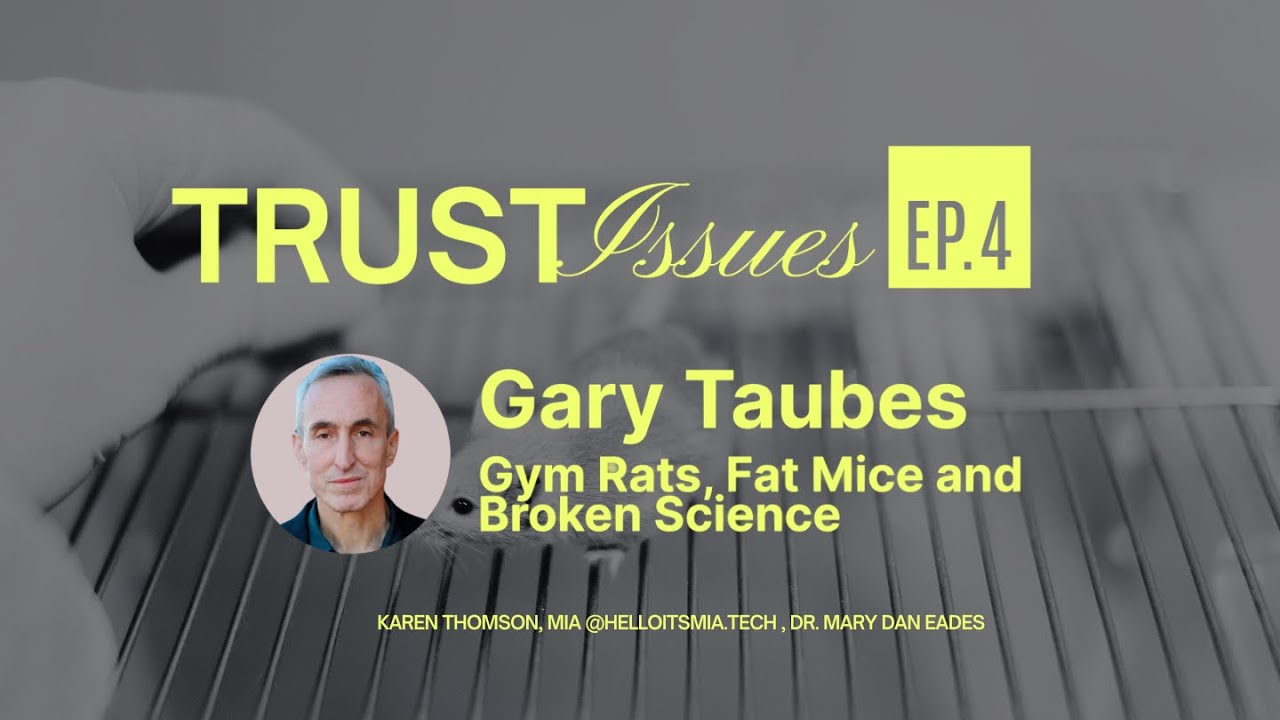Summary
In this editorial by David Trafimow, he introduces himself as the new editor of Basic and Applied Social Psychology (BASP) and puts forth new guidelines on the use of inferential statistics:
No inferential statistical procedure will be required a priori (before the study).
The reason for the first point is that the null hypothesis significance testing procedure (NHSTP) provides no information about the likelihood of either the null or alternative hypothesis. Authors would be required to provide complete descriptive statistical information, including effect sizes.
Null effects are welcome. A study does not have to report a positive or novel effect to be published.
If an author makes a serious attempt to find an effect and the null effect is important, then it is worthy of publication. He points out the example of Michelson and Morley, whose failure to detect ether earned them a Nobel prize.
Research that contradicts prior work is welcome.
It can be difficult to publish research that contradicts popular, well-funded theories. BASP would like to be a counterbalance against biased peer review processes that enforce the status quo.
Papers that use mediation analysis to determine cause and effect are likely to be rejected.
This method fails to provide strong support of a causal relationship and offers no valid way to compare alternative hypotheses.
Papers that are philosophically, methodologically, or theoretically oriented can be submitted.
Trafimow argues there is more to science than compiling lists of hypothesized causal mechanisms. Papers without data to support a causal mechanism will not be rejected if they have strong philosophical or methodological support.
He concludes his editorial hoping that his policies will give scientists more freedom to break away from "entrenched social psychology traditions."
--------- Original ---------
The original text can be found online in the Journal of Basic and Applied Social Psychology Volume 36, 2014.Homeschool:
--------- Original ---------
The original text can be found online in the Journal of Basic and Applied Social Psychology Volume 36, 2014.Let's start with the truth!
Support the Broken Science Initiative.
Subscribe today →



